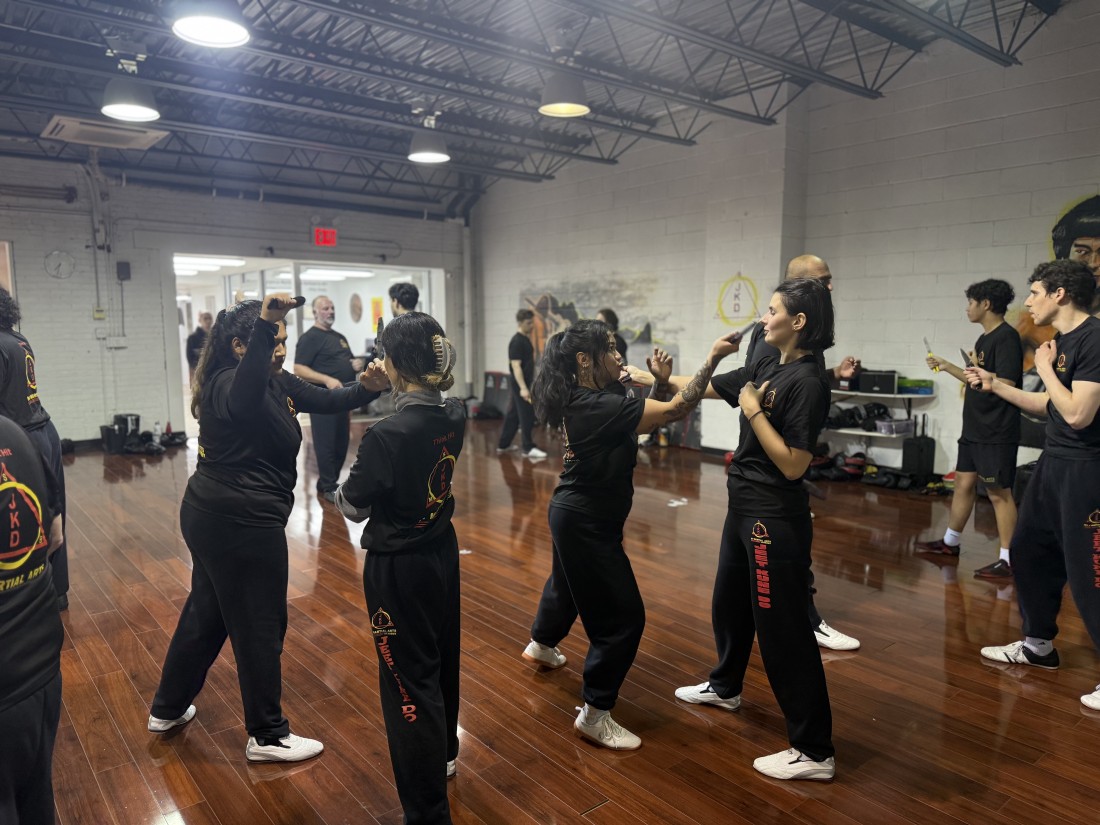
Mixed Martial Arts (MMA) has undeniably revolutionized the martial arts world. Since its rise in popularity through organizations like the UFC, MMA has exposed practitioners to a blend of disciplines, incorporating striking, grappling, and submissions. The competitive nature of MMA has pushed martial artists to refine their skills under pressure. However, while MMA is an effective sport for competition, it is not necessarily the best approach for real-world self-defense.
The Benefits and Limitations of MMA for Self-Defense
MMA training can be beneficial in several ways. It conditions fighters to withstand physical stress, enhances reflexes, and provides real-time experience in dealing with aggressive opponents. Learning to strike, defend against takedowns, and escape holds can undoubtedly be useful in self-defense situations. However, there are significant limitations when it comes to applying MMA techniques in real-world altercations:
- Sport vs. Reality – MMA is governed by rules that prevent the use of certain techniques that are crucial for self-defense, such as eye gouging, groin strikes, and other methods of incapacitation.
- Ground Fighting Risks – While Brazilian Jiu-Jitsu (BJJ) and wrestling are valuable components of MMA, engaging in ground fighting in a real-life encounter can be dangerous, especially if multiple attackers are involved. As our head instructor Sifu Dino often reminds his students, if a fight gets taken to the ground, the concrete is always going to win.
- Training for a Controlled Environment – MMA fighters train for one-on-one combat in a regulated setting. Self-defense scenarios are unpredictable and often involve weapons or multiple attackers.
Why Jeet Kune Do is More Effective for Self-Defense
As Bruce Lee stated, Jeet Kune Do is Scientific Street Fighting. At NY Martial Arts Academy, we teach Jeet Kune Do (JKD), Bruce Lee’s philosophy and approach to martial arts, which is fundamentally designed for self-defense. Unlike MMA, which focuses on competition, JKD prioritizes efficiency, adaptability, and real-world application. Here’s why JKD is superior for self-defense:
- No Rules, Only Effectiveness – JKD techniques include strikes to vulnerable areas (eyes, throat, groin), and other tactics that are banned in sports but are essential in street confrontations.
- Situational Awareness – Our training emphasizes recognizing threats, avoiding confrontations when possible, and using techniques only when absolutely necessary.
- Defense Against Multiple Attackers – Unlike MMA, which is designed for a single opponent, JKD incorporates strategies to deal with any scenario, including multiple attackers and how to escape dangerous situations.
- Weapons Defense and Application – Real-world self-defense must account for weapons, an area largely absent in MMA training but included in JKD instruction. At our school, students learn how to use and defend against weapons, primarily the blade, ensuring students are prepared for real-life threats.
Train for Reality, Not Just Competition
While MMA has contributed significantly to modern martial arts by testing techniques in a competitive setting, it is not the best option for those looking to learn practical self-defense. At NY Martial Arts Academy, we focus on Jeet Kune Do because it prepares students for real-world encounters, not just sporting events.
If you want to learn a martial art designed for survival, adaptability, and effectiveness in any situation, Jeet Kune Do is the way to go. Come train with us and experience the difference firsthand! Book a class today!
